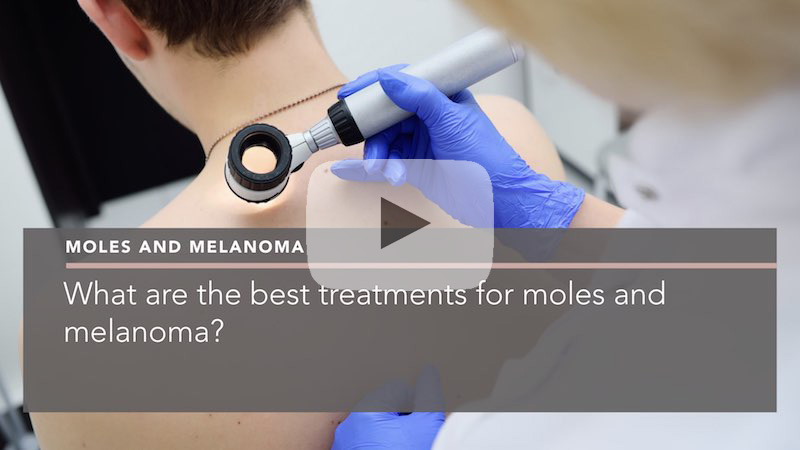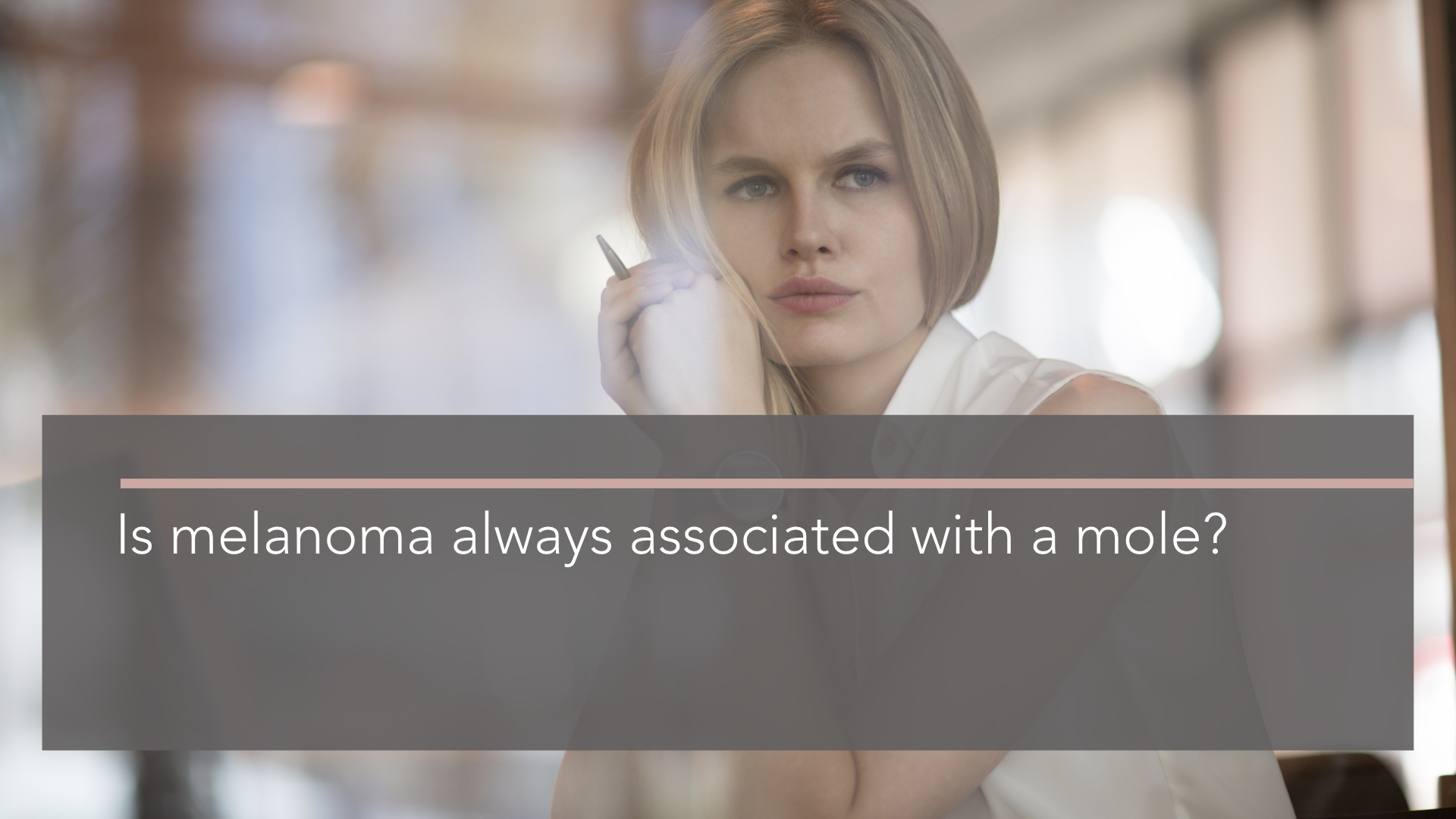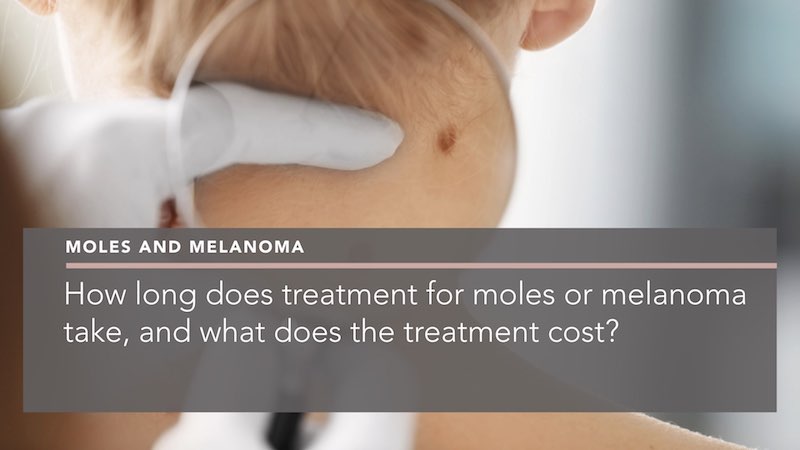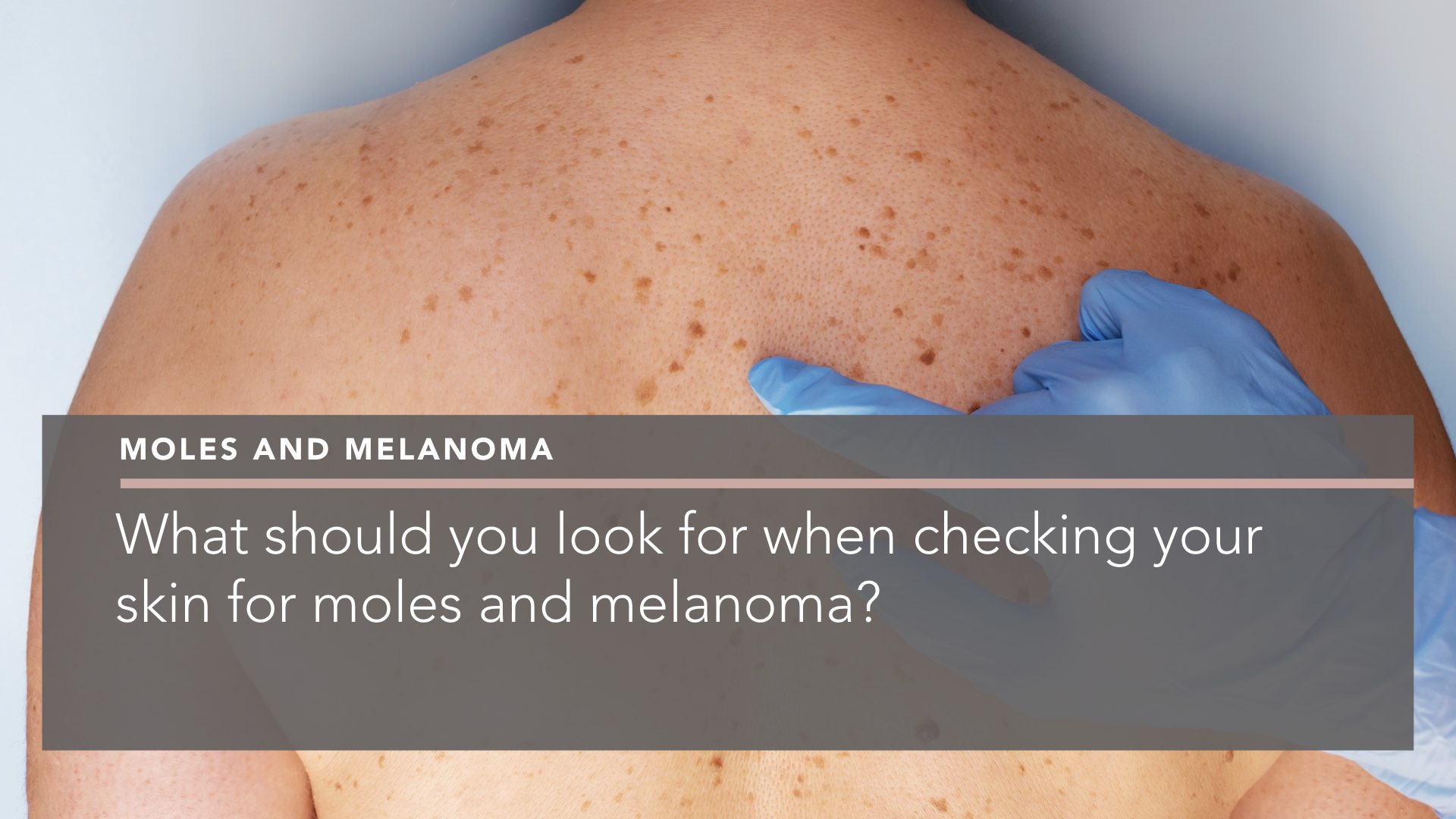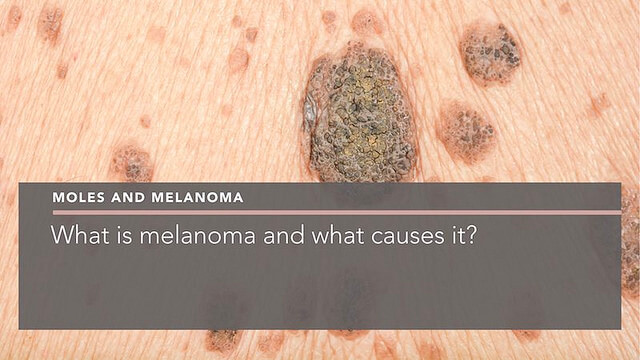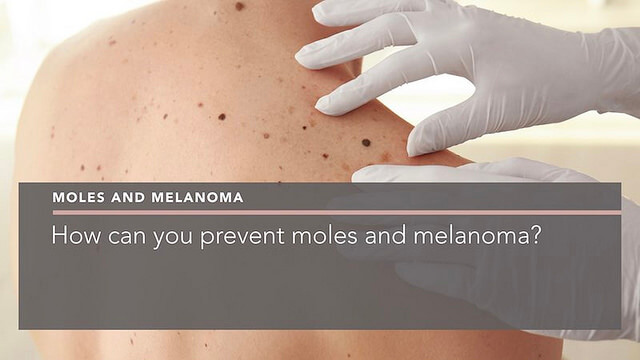Interview transcription:
We interviewed Dr Penelope Pratsou to find out the difference between harmless moles and melanoma.
What are the best treatments for moles and melanoma?
Penelope Pratsou: If a mole is harmless, then it doesn’t necessarily need to be treated or removed unless it’s causing some concern or discomfort. If however, I suspect that a mole might be melanoma then I would offer to remove the suspicious lesion.
While it is possible to detect suspicious changes on examination, it is not until the lesion is removed and sent it off to the lab that we can confirm whether it’s a significantly changed mole or melanoma.
Is any further treatment necessary after the removal of a suspicious mole or lesion?
Penelope Pratsou: Mole removal is done under a local anaesthetic. The suspicious lesion is removed along with a small margin of healthy skin around it which serves as a biopsy. The skin is then closed with a few sutures.
Now if the biopsy shows that this is a melanoma, then the patient would require further surgical treatment. This treatment depends on the stage of the melanoma. In the majority of cases, the next treatment consists of taking a bit more skin surrounding the initial biopsy scar.
If we need to take a more substantial proportion of skin, then I may offer to arrange a consultation with one of my plastic surgical colleagues. They will be able to assess you further to discuss which treatment options are suitable for healing the wound.
In certain stages of melanoma, we might want to sample the local lymph nodes and do some further investigations, such as a scan. Thankfully most melanomas are caught at a very early stage and so those investigations are not necessary.
In a lot of cases, I can perform removal of the mole, or suspicious lesion on the same day as your initial consultation. I would then follow this up with a consultation on the diagnosis and discussion on further surgery.
You can return home on the same day as the treatment. Learn how to prevent moles and melanoma here.
If you have any of the symptoms or conditions that we’ve just discussed, we invite you to book a consultation with Dr Penelope Pratsou where she’ll be able to assess your condition and give you a suitable treatment plan.
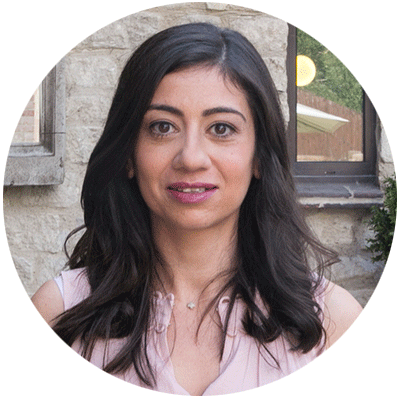
About the author
Dr Penelope Pratsou | Consultant Dermatologist
MBChB, MRCP (UK) (Dermatology)
I’m Dr Penelope Pratsou, a skilled independent Consultant Dermatologist based in Berkshire. I have specialist expertise in the diagnosis and management of all skin cancers, and in performing mole checks. I’m a trained skin surgeon and remove skin cancers, moles, skin tags, cysts and warts.
I also have invaluable experience in dealing with all skin conditions, from the common skin complaints of acne, rosacea, eczema and psoriasis, to the rarer and more complex skin problems, having seen it all through years of NHS work.
After I obtained my Membership to the Royal College of Physicians, I undertook rigorous specialist training in dermatology, before being appointed as a Consultant Dermatologist at the Royal Berkshire Hospital, Reading. There, I helped set up and lead a busy clinic for the diagnosis and treatment of suspected skin cancer. I was also actively involved in supervising and training both dermatology and GP trainees.
Alongside my increasingly busy private practice, I have maintained an NHS practice in Oxford in order to continue to engage with challenging cases and to develop my specialist interest in skin allergy.
